The U.S. Department of Justice (DOJ) announced the seizure of approximately US$15 million in cryptocurrency linked to sanctions‑evading activities by North Korea. The development arrives as digital‑asset markets face heightened regulatory scrutiny and underscores how geostrategic risks are increasingly material for crypto investors and institutions.
Market Reaction
In response to the DOJ action, Bitcoin (BTC) traded at around US$94,446.87, down roughly 3.9 % at the time of reporting. While the price dip may appear modest, the underlying signal to markets is significant: compliance risks tied to state‑sponsored crypto crime are moving beyond niche concern and into mainstream investor calculus. Institutional desks reported an uptick in inquiries about “illicit fund tracing” and counter‑party credit exposure in crypto yields and staking products. The immediate market behaviour suggests that even seemingly small seizures can trigger wider risk reappraisals amid a fragile crypto rally.
Regulatory & Technical Implications
The seizure effort stems from a broader move by U.S. agencies to disrupt networks tied to North Korea’s cyber‑finance ecosystem, including the Lazarus Group, alleged to have stolen over US$1.3 billion in 2024. The DOJ’s new action highlights how regulators are expanding enforcement from traditional banks into on‑chain analytics, wallet tracing, and sanction‑evading DeFi flows. For crypto platforms, this means heightened due‑diligence regimes on deposits, withdrawals, cross‑chain transfers and naming/ shaming of “known bad actor” addresses. One consequence: platforms may increasingly restrict access or raise interest rates on loans or staking products sourced from high‑risk jurisdictions—the cost of credit is rising not just because of macro conditions but because of compliance tail‑risk. From a technology perspective, this furthers the case for provenance tracking, AML/ KYC‑enhanced custody and institutional‑grade tracing tools.
Investor Sentiment & Strategic Perspective
Institutional investors are adopting a more cautious stance. Surveys show over 60 % of professional crypto investors now list regulatory enforcement as a “top three” risk for 2026, ahead of macro‑inflation or blockchain yield compression. The North Korea seizure reinforces that mindset: although the amount (US$15 million) is small relative to the entire crypto market, the type of counter‑party risk matters. Some investors are reallocating to platforms that publish enhanced on‑chain transparency or audit reports for their loans and staking pools. Others are increasing collateral requirements for trading desks. Strategically, the incident may accelerate a bifurcation between “compliance‑ready” institutional‑grade crypto products and higher‑risk retail‑grade options.
Looking ahead, the key question for serious investors is: how quickly will sanctions enforcement and chain‑analytics catch up with innovative stealth flows (mixers, chain‑hopping, NFTs) before systemic shocks hit markets? The answer may determine whether crypto credit desks remain open or retreat under regulatory pressure.
The DOJ’s action signals that illicit‑asset flows are now a mainstream threat for crypto markets. While the immediate financial impact is modest, the broader message is clear: digital‑asset providers, lenders and investors must integrate sanction‑risk into their models of interest‑rate exposure, credit underwriting, deposit‑style custody and staking liabilities. Looking ahead, institutions that proactively build robust traceability, counter‑party screening and compliance infrastructure may gain a competitive edge—while others may face hidden losses from compliance shock‑events.



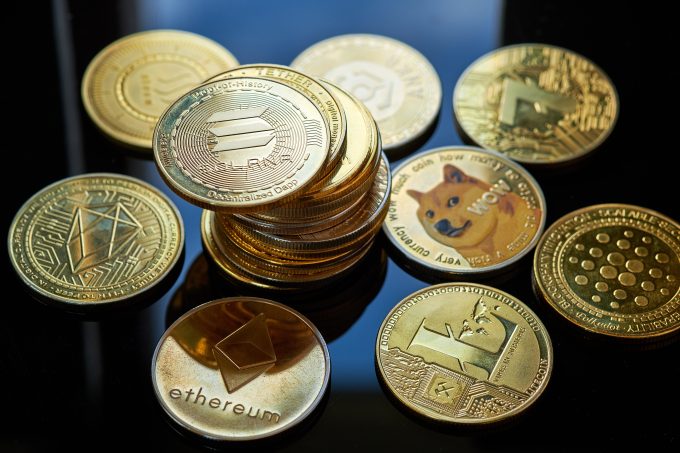
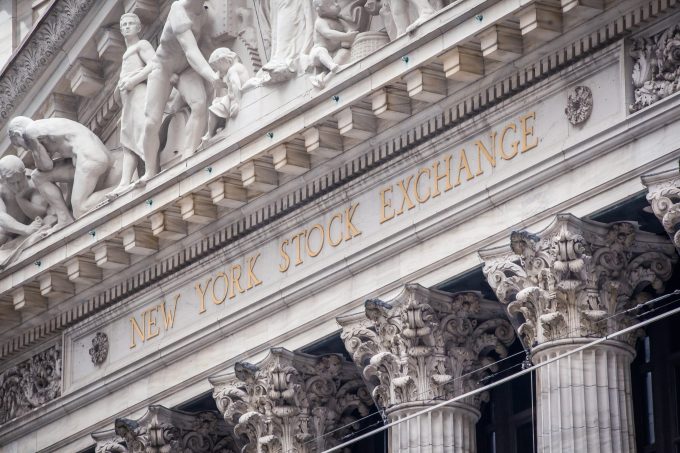




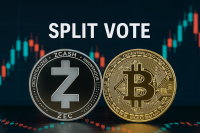
Leave a comment